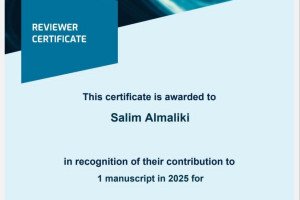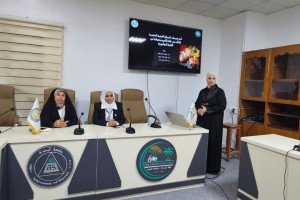
The College of Agriculture at Al-Bassa University organized a seminar on the phenotypic and molecular diagnosis of waxworms and their treatment using food and light attractant traps in central and southern Iraq.
The seminar, which was lectured by doctoral student Raja Malek Khalaf, aimed to determine the identification of the greater waxworm, Galleria mellonella L., using phenotypic and molecular markers, evaluate the efficiency of traps in capturing adults, reduce infection levels in apiaries, and reduce their risks.
The seminar covered a complete phenotypic study to describe eggs using a scanning electron microscope, and a morphological description of the larvae and pupae, including the head, appendages, and wings. It included a description of the webbing mechanism, the venous angles of the wings, the disc cell, and a morphological description of the legs and reproductive organs.
The episode touched on the role of light traps in reducing infection rates by capturing adults, and the role of bait traps in reducing the number of the pest by attracting adults through the hormones emitted from baits







